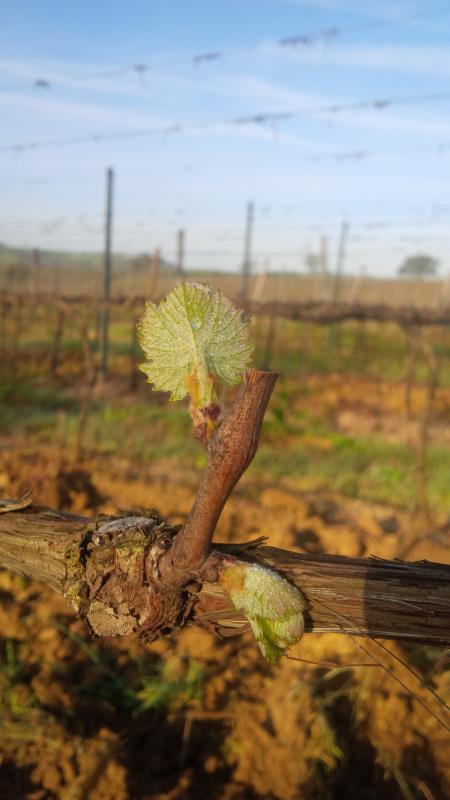 Spring has just began, even though in the past few days it didn’t seem so. Winter has ended, and that as well was quite peculiar. We’ve asked Massimo Moscatelli and Alessandro Fiorini, respectively cellar master and agronomist at Cantina dei Vignaioli del Morellino di Scansano, to tell us what is going on in these early days of spring, both in the cellar and in the vineyard.
Spring has just began, even though in the past few days it didn’t seem so. Winter has ended, and that as well was quite peculiar. We’ve asked Massimo Moscatelli and Alessandro Fiorini, respectively cellar master and agronomist at Cantina dei Vignaioli del Morellino di Scansano, to tell us what is going on in these early days of spring, both in the cellar and in the vineyard.
Here’s what Massimo told us about the work going on in this period:
«Each week we organise tastings together with Paolo Cagiorgna [our oenologist], to test the different tanks. Today the winery works extensively on selections made with small tanks» Massimo continues «and when these are ready, we assemble them. In this way, we can make special selections: larger containers are therefore used only at a later stage. In other words, we work in a cooperative, but the approach is that of a private winery». Following product tracing regulations, wines are divided into different batches, according from the vineyards from which they come from. While internally this means that the cooperative is able to trace the work of each member, from the consumer’s side this allows to re-trace the «journey» of the wine from the bottle back to the vineyard.
«We have just sent samples of Morellino di Scansano 2013 for grande distribuzione to Consorzio di Tutela – according to the law, their approval is necessary before bottling. These days we are also working on Morellino di Scansano Riserva 2011 and Riserva Sicomoro which will be bottled soon».
The other point of view we recorded is that of Alessandro Fiorini. As the winery’s agronomist, he supports the members throughout the year, instructing them on what needs to be done in the vineyard, based on the season, the microclimate and the characteristics of each plot of land. We have asked him what consequences this mild winter has had on the vineyard given that, in the words of Massimo «over here, we haven’t seen a real winter, this year».
«Plants haven’t suffered from the cold weather, this winter. And the mild temperature have induced them to restart their vegetal activity very early» Alessandro explains. Usually plants take advantage of the winter to rest. In the autumn, when temperatures decrease and days get shorter, the substances contained in the leaves migrate towards the trunk. In this phase, the leaves change colour (because of the chlorophyll decay) and leaves fall leaving the point in which they were attached to the vine sealed, so as to prevent any illness. In other words, plants close up and the energy is entirely concentrated on the trunk and the roots, which also decrease their activity. It’s a sort of seasonal lethargy.
What risks are there, if any, in the case of such an early start to the vegetal activity? «The only risk there can be, would be in the case of freezes, should the gems already be formed. If, on the contrary, the temperature will stay mild throughout the spring, we shouldn’t have any problem». The vineyard, despite this very special winter, will get back to its usual activity.